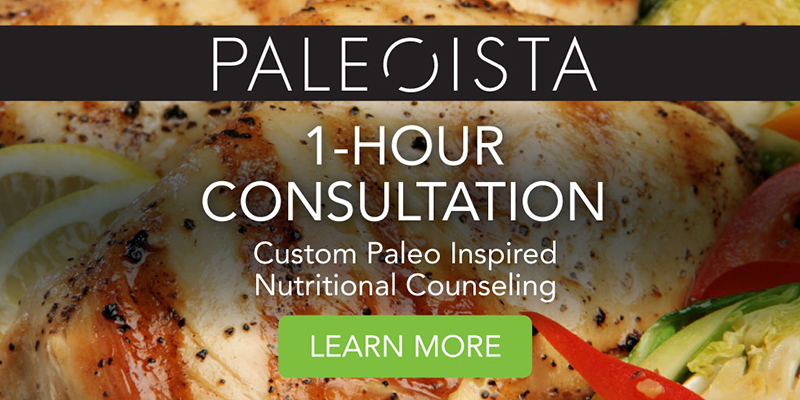Salting the Wound: The Role of Salt in Autoimmune Conditions
Sea salt for your veggies? Himalayan pink salt to top off that decadent, juicy, grass-fed steak? Or, perhaps a dusting of fleur de sel for that delicious little mouthful of amuse-bouche you’re serving at your dinner party?
No harm, no foul, right?
Somehow, word has gotten out that sea salt is a safe bet for anyone following a true Paleo diet regime. While sea salt, Himalayan salt, or even Hawaiian Black Lava salt may contain more minerals and be less refined than table salt, salt is still salt and most people eat too much of it. Currently, the dietary guidelines state that we should consume no more than 2,300 milligrams of sodium per day (with 2,300 milligrams being the upper limit rather than the recommended level), yet the average American consumes 3,518 milligrams per day!1
Whether it’s coming from adding salt to your food or eating highly processed foodstuff, the end result is the same: an increased risk of hypertension, bone loss, cardiac damage,2 and a greater chance of developing autoimmune conditions such as Multiple Sclerosis and Rheumatoid Arthritis.
A recent study suggests people who eat at fast food restaurants have higher levels of inflammatory cells than than those who don’t.3 In the study, researchers found that giving mice a high-salt diet caused the rodents to produce a type of infection-fighting cell that is closely associated with autoimmune diseases. The mice on salt diets developed a severe form of multiple sclerosis, called autoimmune encephalomyelitis.
When someone has an autoimmune condition, their cells attack the body in the same manner they would attack an invasion of harmful cells.
Salt escalates the immune response by causing enzymes to produce more helper T-cells. These T-cells then create inflammation and drive autoimmune diseases.
While the researchers in the study stated that salt was clearly not the sole cause of autoimmune conditions, it’s one cause that can easily be controlled: how much salt comes from what we’re eating.
If you’re coming from a background of eating highly processed, overly salty foods, there will be a transitional period after cutting salt from your diet. Expect food to taste bland while your taste buds adapt, but once they do, get ready for a whole new world of taste sensations. Enter the flavors of delicate herbs, enticing spice blends, and the simple, pure taste of food.
Often, people transition to Paleo living as a means to treat a vast array of health issues, many of which include some degree of inflammation in the body. A true Paleo diet is an easy way to reintroduce natural, fresh food to the body while eliminating highly processed, inflammatory foodstuffs. By adopting this way of living, you’ll create a balance far more conducive to promoting gut health and overall body healing.
Eating food that is good for you and tastes fantastic is not an exclusive option. When following a true Paleo regime, delicious, healthy food is a given!
Feed your soul and nourish your body. Just. Eat. Food.
REFERENCES
[1] http://www.huffingtonpost.com/2013/12/19/sodium-consumption-salt-too-much_n_4473040.html
[2] http://www.hsph.harvard.edu/nutritionsource/salt-and-sodium/sodium-health-risks-and-disease/
[3] http://www.webmd.com/multiple-sclerosis/news/20130306/salty-diet-might-help-trigger-ms-rheumatoid-arthritis






